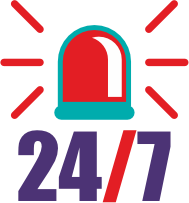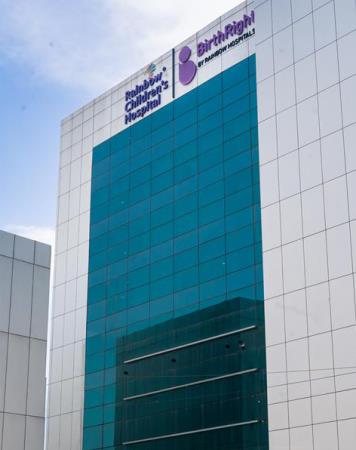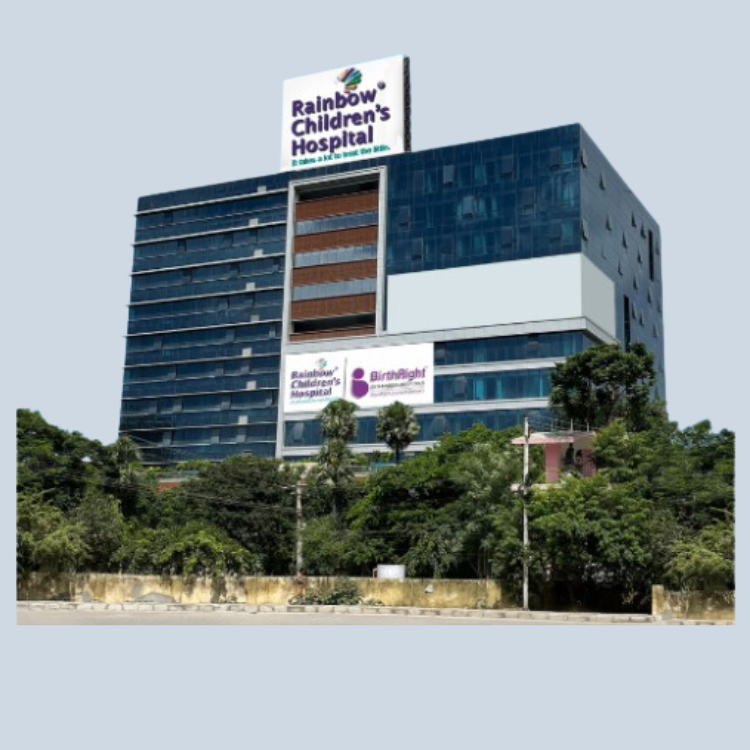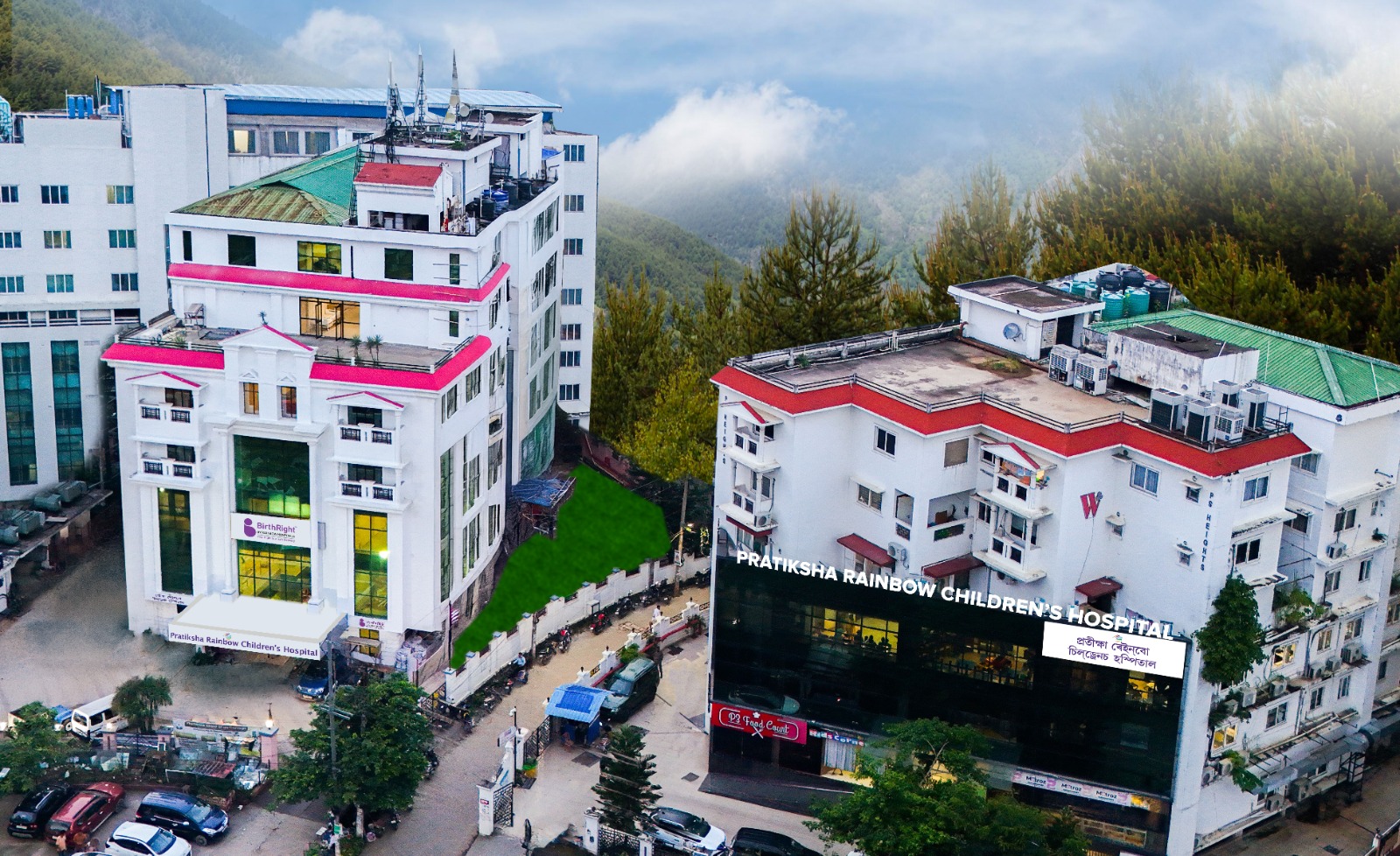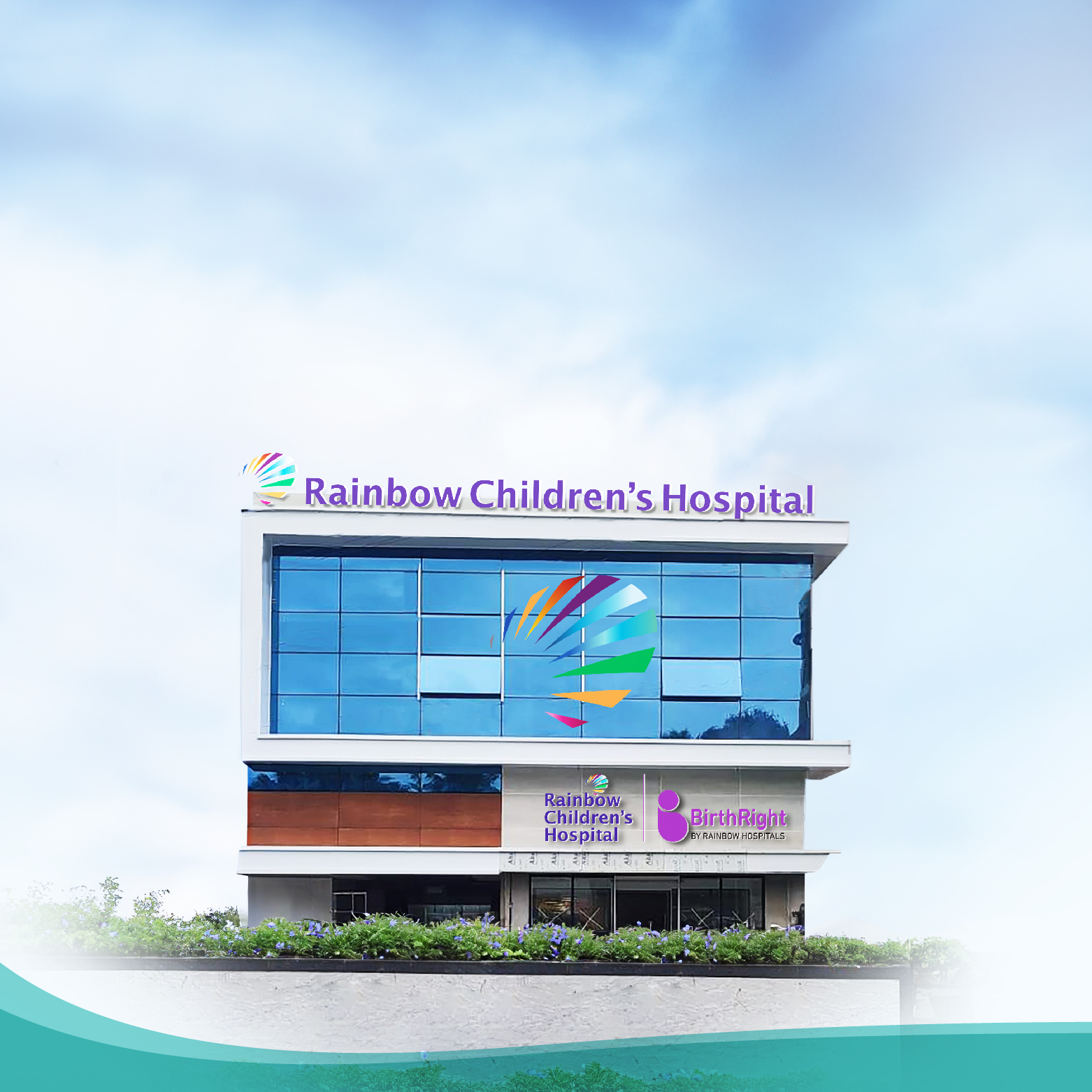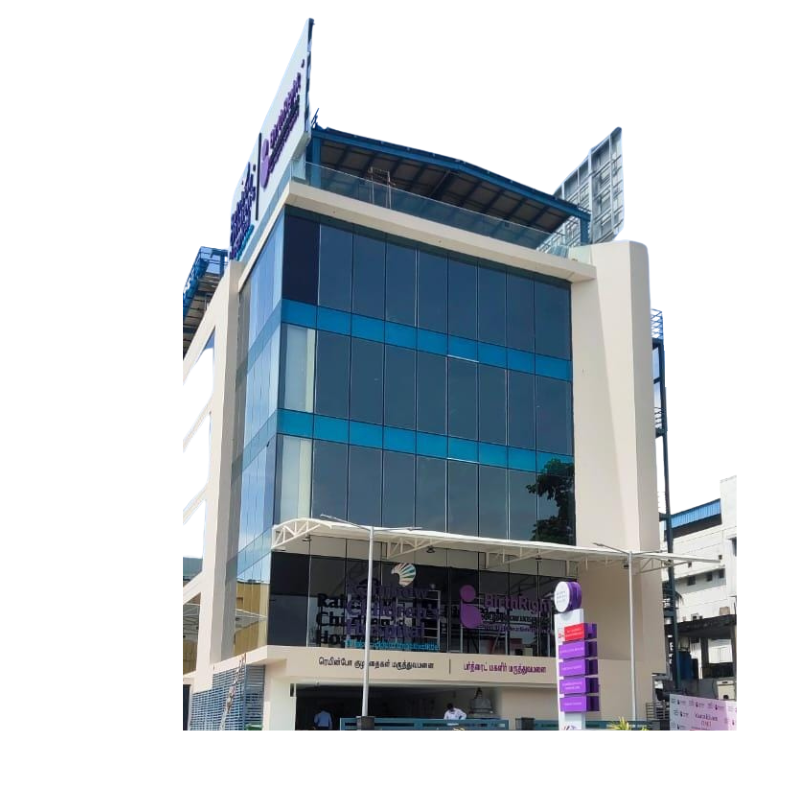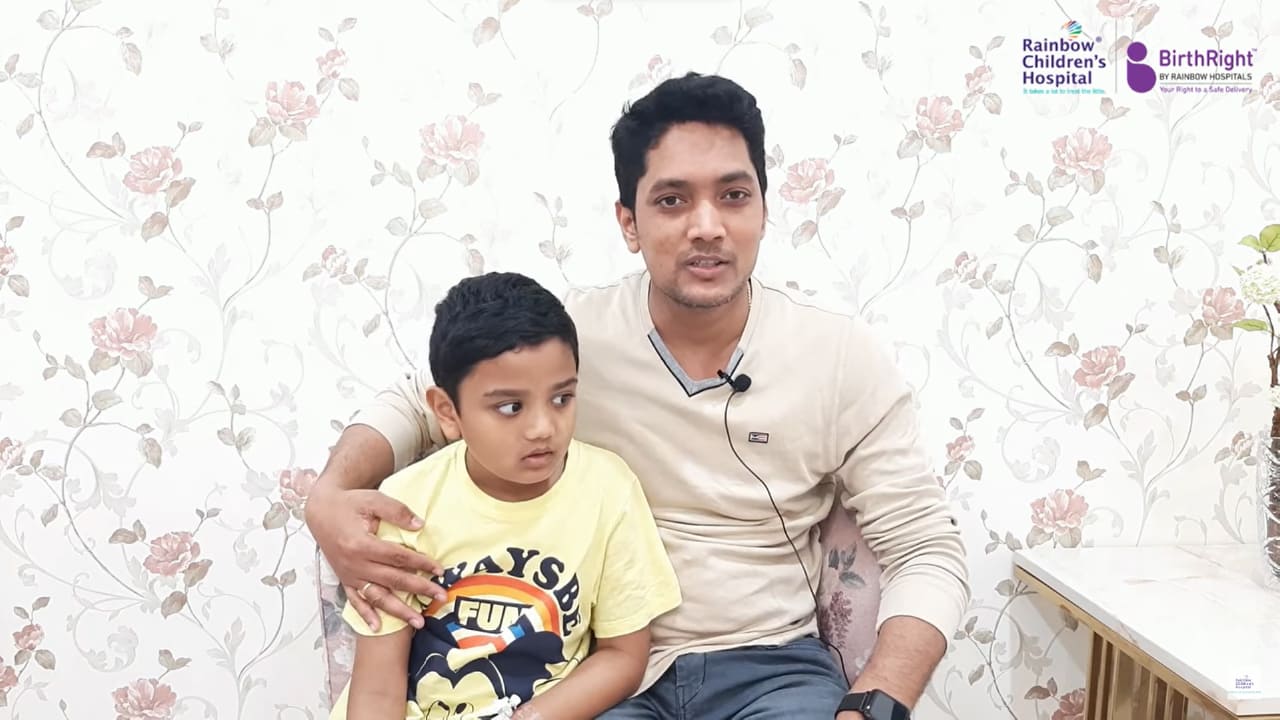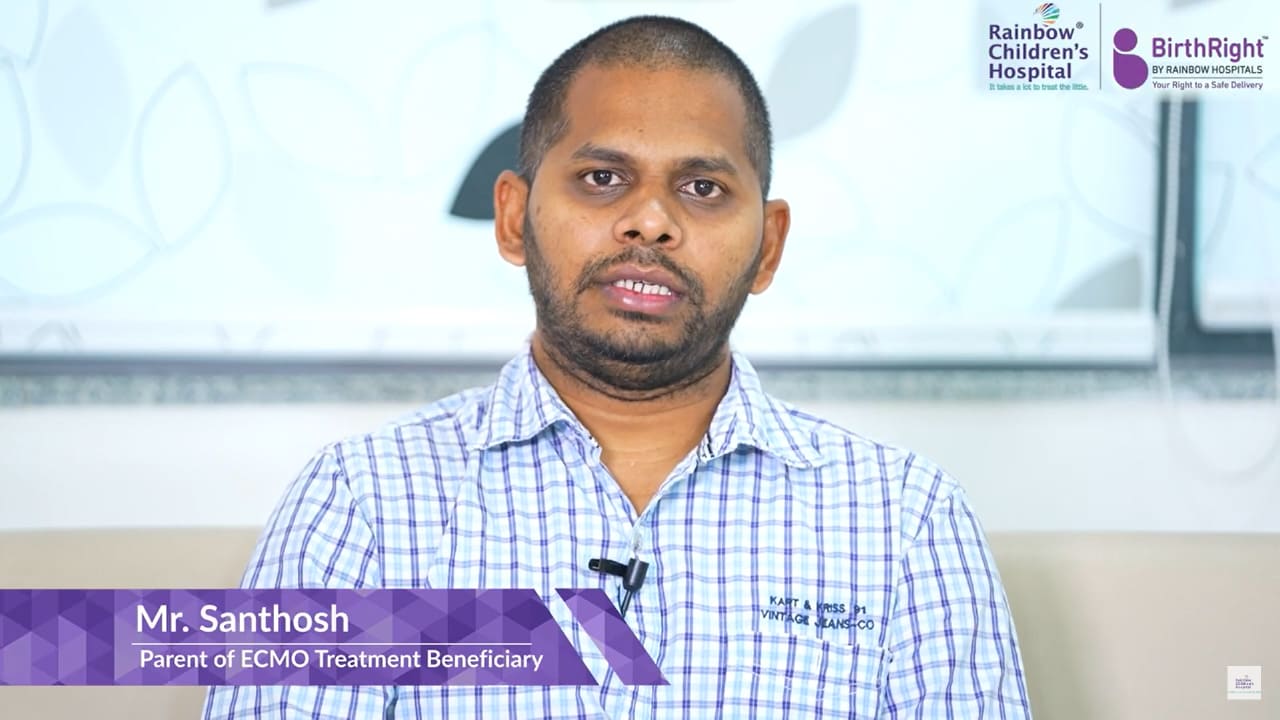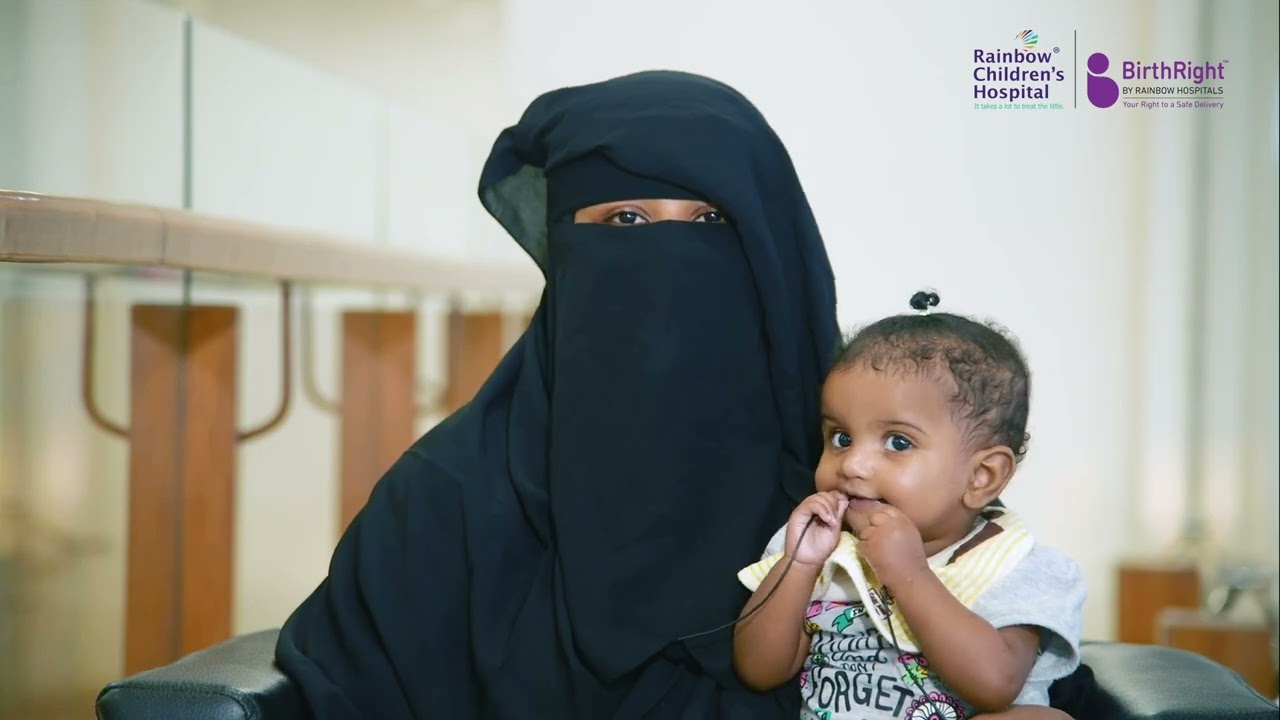Seamless support from diagnosis to post treatment care
Spasticity and Dystonia Surgery
Overview
Spasticity and dystonia are similar in that both are manifestations of neurological dysfunction and resemble each other, but they are distinctly different conditions.
Spasticity is characterized by prolonged muscle stiffness or contraction. It often results from damage to the brain, spinal cord, or motor nerves and is commonly seen in conditions such as cerebral palsy, stroke, traumatic brain injury, or multiple sclerosis.
Dystonia is a movement disorder characterized by muscle contractions that cause repeated, uncontrollable movements. The muscle spasms can be mild or severe.
When these conditions are severe and do not respond adequately to medications or therapy, surgical interventions may be considered to improve mobility, relieve pain, and enhance quality of life.
Diagnosis
Some of the key diagnostic tests include:
- Detailed clinical evaluation of muscle tone, motor function, etc.
- MRI and CT scan of the brain and spine to assess underlying structural causes.
- Electromyography (EMG) to evaluate electrical activity within muscles.
- Genetic Testing
Causes
Severe head injury can sometimes cause internal brain damage that leads to either spasticity or dystonia. However, other causes include:
- Spasticity: Spinal cord injury, cerebral palsy, multiple sclerosis, etc.
- Dystonia: Brain tumors, Parkinson’s Disease, genetic conditions such as Wilson’s disease, and certain infections.
Treatment
Surgical intervention for spasticity and dystonia is usually considered when conservative methods such as oral medications, physical therapy, and botulinum toxin injections are no longer effective in controlling symptoms or improving quality of life.
The choice of surgery depends on the underlying cause, severity, and symptoms. Our multidisciplinary team of physicians, nurses, therapists, and surgeons will work together to determine which combination of the following interventions is the most appropriate for your child:
- Selective Dorsal Rhizotomy (SDR): Primarily used in children with spastic cerebral palsy. During the procedure, the neurosurgeon identifies, isolates, and cuts nerves that transfer contraction messages to affected muscles, preserving other motor and sensory functions.
- Intrathecal Therapy: Used for spasticity or dystonia unresponsive to oral medications. A small pump is implanted in the abdomen and delivers baclofen directly into the spinal fluid via a catheter.
- Deep Brain Stimulation (DBS): Most effective for dystonia. Electrodes are implanted deep within specific brain areas, and a pulse generator under the skin in the chest sends continuous stimulation to modulate abnormal brain activity.
Combined and Multidisciplinary Approach
Often, patients benefit most from a customized treatment plan that combines one or more surgical interventions with:
- Medication management
- Botulinum toxin injections
- Intensive rehabilitation therapy
- Speech and occupational therapy if needed
Why Choose Us?
- Highly experienced team of pediatric neurosurgeons specializing in spasticity and dystonia surgeries.
- Multidisciplinary team working closely with neurosurgeons, neurologists, and therapists, etc.
- Child-centric compassionate approach to create a child-friendly environment that helps young patients feel at ease throughout their treatment journey.
- Rehabilitation approach includes well-trained physiotherapists and rehabilitation specialists to provide a complete spectrum of care.
- 24/7 Emergency Care ensures immediate and expert intervention when needed.
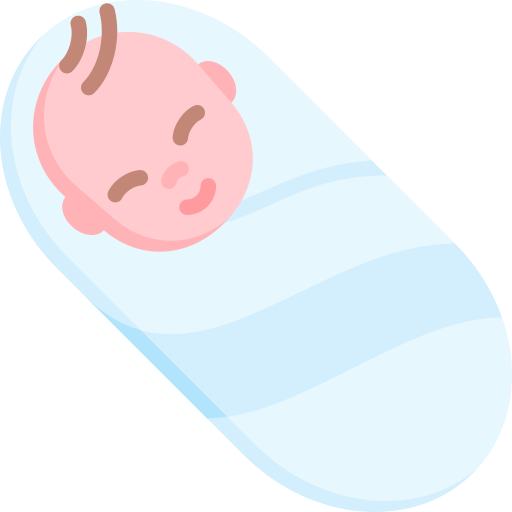
Find a Doctor
Expertise you can trust, Meet our esteemed doctors who bring exceptional knowledge, compassion, and innovation to provide top-notch care for your health and well-being.
Our Hospitals and ClinicsOur Hospitals and Clinics
Rainbow Children's Hospital stands as a testament to the hospital's continual pursuit of excellence and innovation, providing specialized care for women and children.
Request a Call back
Tap to Fill FormRequest a Call back
Blogs
Discover our most recent health articles provided by our reliable experts.
What Are People Saying About Us
Embark on a journey of inspiration and hope with our patient success stories, complemented by informative videos from our dedicated doctors.
Quick Links
- Best Pediatric Neurosurgeons in Hyderabad
- Best Pediatric Neurosurgeon In Bangalore
- Pediatric Neurosurgeon in Delhi
- Pediatric Neurosurgeons in Chennai
- Best Pediatric Neurosurgeon in Vijayawada
- Best Pediatric Neurosurgeon in Vizag
- Best Pediatric Neurosurgeon in Hyder Nagar
- Best Pediatric Neurosurgeon in Marathahalli
- Best Pediatric Neurosurgeons in Guindy
- Best Pediatric Neurosurgeons in Currency Nagar
- Best Pediatric Neurosureon in Banjarahills
- Top Pediatric Neurosurgeons in India
- Best Treatment for Spina Bifida in Children, Hyderabad
- Best Treatment for Spinal Cord Injury in Children, Hyderabad
- Best Treatment for Arachnoid Cysts in Children, Hyderabad
- Best Treatment for Chiari Malformation in Children, Hyderabad
- Best Treatment for Glioblastoma Multiforme in Children, Hyderabad
- Best Treatment for Intraventricular Hemorrhage in Children, Hyderabad
- Best Treatment for Deep Brain Stimulation in Children, Hyderabad
- Best Treatment for Oligodendroglioma in Children, Hyderabad
- Best Treatment for Pilocytic Astrocytoma in Children, Hyderabad
- Best Treatment for Skeletal Dysplasia in Children, Hyderabad
- Best Treatment for Laser Ablation in Children, Hyderabad
- Best Treatment for Radiosurgery in Children, Hyderabad
- Best Treatment for Tethered Spinal Cord in Children, Hyderabad
- Best Treatment for Cavernous Malformations in Children, Hyderabad
- Best Treatment for Dysembryoplastic Neuroepithelial Tumor in Children, Hyderabad
- Best Treatment for Selective Dorsal Rhizotomy in Children, Hyderabad
- Best Treatment for Pial Synangiosis in Children, Hyderabad
- Best Treatment for Metopic Synostosis Trigonocephaly in Children, Hyderabad
- Best Treatment for Primitive Neuroectodermal Tumors (PNET) in Children, Hyderabad
- Best Treatment for Vein of Galen Malformation (VOGM) in Children, Hyderabad
- Best Treatment for Intraoperative magnetic resonance imaging (iMRI) in Children, Hyderabad
- Best Treatment for Spina Bifida in Children, Bengaluru
- Best Treatment for Spinal Cord Injury in Children, Bengaluru
- Best Treatment for Arachnoid Cysts in Children, Bengaluru
- Best Treatment for Chiari Malformation in Children, Bengaluru
- Best Treatment for Glioblastoma Multiforme in Children, Bengaluru
- Best Treatment for Intraventricular Hemorrhage in Children, Bengaluru
- Best Treatment for Deep Brain Stimulation in Children, Bengaluru
- Best Treatment for Oligodendroglioma in Children, Bengaluru
- Best Treatment for Pilocytic Astrocytoma in Children, Bengaluru
- Best Treatment for Skeletal Dysplasia in Children, Bengaluru
- Best Treatment for Laser Ablation in Children, Bengaluru
- Best Treatment for Radiosurgery in Children, Bengaluru
- Best Treatment for Tethered Spinal Cord in Children, Bengaluru
- Best Treatment for Cavernous Malformations in Children, Bengaluru
- Best Treatment for Dysembryoplastic Neuroepithelial Tumor in Children, Bengaluru
- Best Treatment for Selective Dorsal Rhizotomy in Children, Bengaluru
- Best Treatment for Pial Synangiosis in Children, Bengaluru
- Best Treatment for Metopic Synostosis Trigonocephaly in Children, Bengaluru
- Best Treatment for Primitive Neuroectodermal Tumors (PNET) in Children, Bengaluru
- Best Treatment for Vein of Galen Malformation (VOGM) in Children, Bengaluru
- Best Treatment for Intraoperative magnetic resonance imaging (iMRI) in Children, Bengaluru
- Best Treatment for Spina Bifida in Children, Delhi
- Best Treatment for Spinal Cord Injury in Children, Delhi
- Best Treatment for Arachnoid Cysts in Children, Delhi
- Best Treatment for Chiari Malformation in Children, Delhi
- Best Treatment for Glioblastoma Multiforme in Children, Delhi
- Best Treatment for Intraventricular Hemorrhage in Children, Delhi
- Best Treatment for Deep Brain Stimulation in Children, Delhi
- Best Treatment for Oligodendroglioma in Children, Delhi
- Best Treatment for Pilocytic Astrocytoma in Children, Delhi
- Best Treatment for Skeletal Dysplasia in Children, Delhi
- Best Treatment for Laser Ablation in Children, Delhi
- Best Treatment for Radiosurgery in Children, Delhi
- Best Treatment for Tethered Spinal Cord in Children, Delhi
- Best Treatment for Cavernous Malformations in Children, Delhi
- Dysembryoplastic Neuroepithelial Tumor in Children, Delhi
- Selective Dorsal Rhizotomy in Children, Delhi
- Pial Synangiosis in Children, Delhi
- Metopic Synostosis Trigonocephaly in Children, Delhi
- Primitive Neuroectodermal Tumors (PNET) in Children, Delhi
- Vein of Galen Malformation (VOGM) in Children, Delhi
- Intraoperative magnetic resonance imaging (iMRI) in Children, Delhi
- Spina Bifida in Children, Chennai
- Spinal Cord Injury in Children, Chennai
- Arachnoid Cysts in Children, Chennai
- Chiari Malformation in Children, Chennai
- Glioblastoma Multiforme in Children, Chennai
- Intraventricular Hemorrhage in Children, Chennai
- Deep Brain Stimulation in Children, Chennai
- Oligodendroglioma in Children, Chennai
- Pilocytic Astrocytoma in Children, Chennai
- Skeletal Dysplasia in Children, Chennai
- Laser Ablation in Children, Chennai
- Radiosurgery in Children, Chennai
- Tethered Spinal Cord in Children, Chennai
- Cavernous Malformations in Children, Chennai
- Dysembryoplastic Neuroepithelial Tumor in Children, Chennai
- Selective Dorsal Rhizotomy in Children, Chennai
- Best Treatment for Pial Synangiosis in Children, Chennai
- Best Treatment for Metopic Synostosis Trigonocephaly in Children, Chennai
- Best Treatment for Primitive Neuroectodermal Tumors (PNET) in Children, Chennai
- Best Treatment for Vein of Galen Malformation (VOGM) in Children, Chennai
- Best Treatment for Intraoperative magnetic resonance imaging (iMRI) in Children, Chennai
- Best Treatment for Spina Bifida in Children, Vijayawada
- Best Treatment for Spinal Cord Injury in Children, Vijayawada
- Best Treatment for Arachnoid Cysts in Children, Vijayawada
- Best Treatment for Chiari Malformation in Children, Vijayawada
- Best Treatment for Glioblastoma Multiforme in Children, Vijayawada
- Best Treatment for Intraventricular Hemorrhage in Children, Vijayawada
- Best Treatment for Deep Brain Stimulation in Children, Vijayawada
- Best Treatment for Oligodendroglioma in Children, Vijayawada
- Best Treatment for Pilocytic Astrocytoma in Children, Vijayawada
- Best Treatment for Skeletal Dysplasia in Children, Vijayawada
- Best Treatment for Laser Ablation in Children, Vijayawada
- Best Treatment for Radiosurgery in Children, Vijayawada
- Best Treatment for Tethered Spinal Cord in Children, Vijayawada
- Cavernous Malformations in Children, Vijayawada
- Best Treatment for Dysembryoplastic Neuroepithelial Tumor in Children, Vijayawada
- Best Treatment for Selective Dorsal Rhizotomy in Children, Vijayawada
- Best Treatment for Pial Synangiosis in Children, Vijayawada
- Best Treatment for Metopic Synostosis Trigonocephaly in Children, Vijayawada
- Best Treatment for Primitive Neuroectodermal Tumors (PNET) in Children, Vijayawada
- Best Treatment for Vein of Galen Malformation (VOGM) in Children, Vijayawada
- Best Treatment for Intraoperative magnetic resonance imaging (iMRI) in Children, Vijayawada
- Best Treatment For Spina Bifida in Children, Vizag
- Best Treatment For Spinal Cord Injury in Children, Vizag
- Best Treatment For Arachnoid Cysts in Children, Vizag
- Best Treatment For Chiari Malformation in Children, Vizag
- Best Treatment For Glioblastoma Multiforme in Children, Vizag
- Best Treatment For Intraventricular Hemorrhage in Children, Vizag
- Best Treatment For Deep Brain Stimulation in Children, Vizag
- Best Treatment For Oligodendroglioma in Children, Vizag
- Best Treatment For Pilocytic Astrocytoma in Children, Vizag
- Best Treatment For Skeletal Dysplasia in Children, Vizag
- Best Treatment For Laser Ablation in Children, Vizag
- Best Pediatric Neurosurgery Doctors in Sarjapur Road, Bengaluru
- Best Pediatric Neurosurgery Doctors in Himayatnagar, Hyderabad
- Best Pediatric Neurosurgery Doctors in Anna Nagar, Chennai
- Best Neurologist Doctor near me in Chennai
- Best Neurologist Doctor near me in Hyderabad
- Top Neurosurgeons in Anna Nagar , Chennai - Rainbow Children's Hospital

